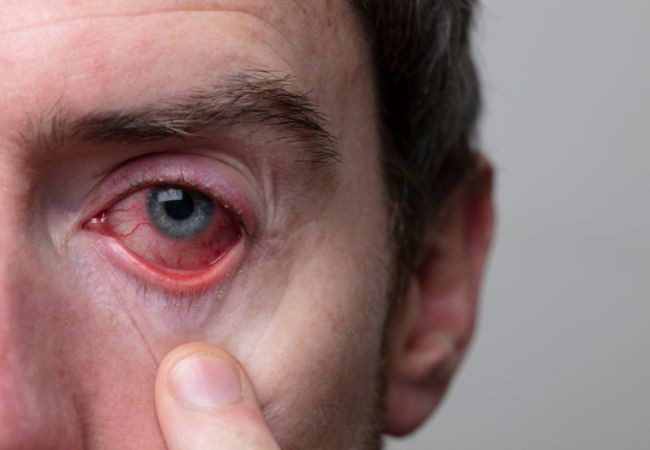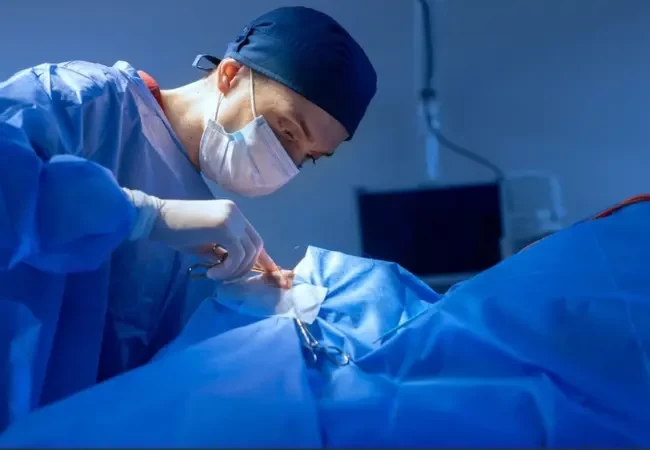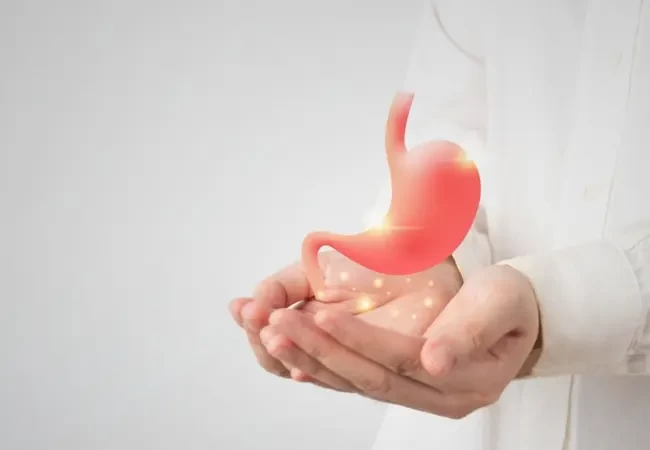As the population gets older, more people are losing their vision due to some of the common eye diseases. The National Eye Institute (NEI) and the CDC say that about 4.2 million Americans aged 40 or older are either blind or have low vision. This means around 1 in 28 people. By 2050, the number of people with vision problems or blindness in the United States is expected to double to over 8 million.
One of the main reasons to have an eye exam is to keep your eyes healthy. Many people think eye exams are just for getting a new prescription for glasses or contacts. Seeing clearly with the right prescription is important but there is more to it. Eye exams help prevent or catch eye diseases early before they cause serious damage.
Many eye problems do not have obvious symptoms at first thus you might not notice them on your own. Even if you think your eyes are fine, conditions like glaucoma, macular degeneration, diabetic retinopathy, cataracts and retinal detachments can be detected during a routine eye exam. Catching these issues early will help protect your vision.
Most eye diseases are found by noticing small changes in the eye's appearance and structure. During an eye exam, doctors often use a slit lamp microscope to look at the front of the eye and an ophthalmoscope to see the back. They usually dilate the eyes to get a better view because, without dilation, the pupil shrinks from the light used in the exam which makes it hard to see inside.
Dilating the eyes can be uncomfortable which causes blurred vision and sensitivity to light for hours afterwards. Fortunately, modern tools like digital retinal cameras, wide field retinal scanning (Optos) and Optical Coherence Tomography (OCT) offer a clear view inside the eye without needing dilation. These tools make the exam more comfortable and help doctors detect eye diseases more accurately.
Digital images from these tools are especially helpful in tracking changes over time which is important for managing conditions like macular degeneration, glaucoma and intraocular tumors. These images should be part of your medical record as they provide valuable diagnostic information that cannot be obtained otherwise.
Standard digital retinal cameras can take great images of the central retina in most eyes. However, if a patient’s pupils are too small, dilation may still be needed to get a clear image.
Wide field scanning laser ophthalmoscopy provides a much wider view of the inside of the eye. This helps doctors detect tumors, retinal detachments, bleeding or other eye diseases that might be missed with other exam methods including standard digital imaging. This tool requires a smaller pupil size to capture images which can help avoid the discomfort and side effects of eye dilation.
Glaucoma diagnosis and treatment often rely on measuring and adjusting the fluid pressure inside the eye. This is done using either contact or non-contact methods. Contact tonometry uses a probe to press on the eye while non-contact tonometry uses a puff of air to measure the eye's response.
Recently, non-contact tonometers have been developed that can measure more than just pressure. They can also account for factors like corneal thickness and rigidity which can affect pressure readings. Previously, it was assumed that all eyes had the same rigidity but new technology can now adjust for this which leads to more accurate measurements and better diagnoses.
Visual field testing helps detect glaucoma, retinal disease, optic nerve disease and even brain tumors. The test is painless and takes only a few minutes. The patient sits comfortably at a machine that shows a series of light stimuli and presses a button when they see them. These lights vary in brightness or contrast to map how well the patient can detect light. Diseases affecting the optic pathway often create distinct patterns that doctors can evaluate. Some eye doctors may skip this test or charge extra for it but you can visit EMC for affordable tests.
Optical Coherence Tomography (OCT) is a modern technology that will let doctors see detailed cross sections of tissue with high precision. It provides a close look at the retinal nerve layers which helps diagnose glaucoma and macular degeneration. OCT can also be used for other conditions but it is especially useful for these two.
As you get older, many factors can impact your vision thus it is important to have eye exams regularly. You should get your eyes checked every year or every six months. If you are unsure how often you need to go, ask your doctor. Finding common eye problems early will help you see if you are at risk for conditions that might affect your vision in the future. Regular eye exams can catch issues before they become serious which helps you manage or prevent problems and keep your eyesight healthy. Taking care of your eyes now can make a big difference in protecting your vision later on.
You can contact EMC, the best hospital in Kochi, with a team of top ophthalmologists. Ophthalmology is the medical field that focuses on the eye’s structure, function and diseases. Our ophthalmologists are experts who handle both medical and surgical treatments for eye issues thus they can offer complete eye care. EMC is a top eye hospital in Kochi where our specialists provide thorough services for examining, diagnosing, and treating various eye diseases. We cater to both children and adults which ensures a wide range of ocular conditions are managed with expert care. Whether you need a check up, diagnosis or treatment, our team is equipped to handle all your eye care needs. So what are you waiting for? Contact us today itself to find solutions for your eye problems.


Discover the truth behind common plastic surgery myths. Learn what's real, what's outdated, and how modern procedures truly work.

A step-by-step overview of GI surgery, covering what to do before surgery, what happens in the OR, and how to ensure a strong recovery.

Learn about cancer, its early signs, and prevention tips to lower your risk. Early detection saves lives—stay informed, take proactive steps, and protect your health.

Discover why a skilled pediatrician is essential for your child's growth, development, and overall well-being, from infancy through adolescence.

Discover how dermatology can help tackle acne, slow aging, and treat various skin conditions for healthier, more radiant skin.

Discover common childhood allergies, their symptoms, and management tips. Stay informed to keep your child safe and healthy.

Your liver plays a vital role in metabolism, digestion, immunity, and detoxification. Learn how liver health affects your body and ways to maintain its function.

Strong bones support your body and protect your health. Discover simple diet, exercise, and lifestyle tips to maintain bone strength at any age.

Discover the symptoms, causes, and treatment of hypertensive heart disease. Learn how high blood pressure affects your heart and when to seek medical care.

Learn about chest pain symptoms, causes, and treatments. Know when to seek medical help for a healthier heart.